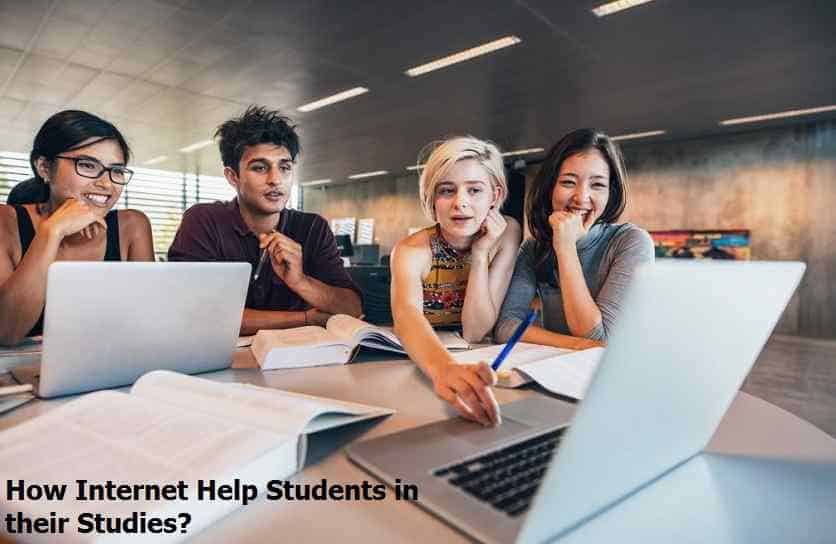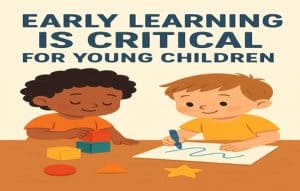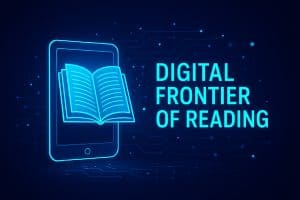Since its inception, the internet has been a blessing for us. The internet has added colors to our dull lives and shortened distances. People are connected 24/7 with each other and the concept of geographical boundaries has changed. From media, communications, automobiles, and education to our industries, the internet has penetrated into every corner.
Most importantly, it has changed how we learn things and has an extensive application in the field of education. It is being used to get information and knowledge on every subject matter. The internet with its millions of benefits, it is quite difficult to enumerate all of them in a single content piece and here we will only discuss how it is beneficial for students:

Table of Contents
Distance Learning
Distance learning has dramatically increased with the appearance of the internet. It has a lot to benefit from. Students don’t have to travel every day and can attend classes in areas where there are no physical schools or universities. Similarly, for part-time students, online learning through the internet offers great benefits. You can study any course or subject and learners don’t have to attend classes at a specific time of the day. Check out Cox internet plans and prices, to get a reliable internet for distance learning. Over this internet connection, you can take your class at any time of the day that suits you.
Research
With the development of the internet, it is easier to get information. Back in the past, books were the only source of information and people had to dig libraries for research on a subject. Now, everything has changed and the internet is used as a research tool. You can find all the academic and research material online. Google Scholar happens to be one of the smartest search engines. It has research material in more than 100 languages for academic learning.
You just have to enter the topic and you’ll have access to all the research done on the topic in the entire world. I believe that research is related to creativity. I know it takes a lot of time and demands proper concentration but any innovation or invention requires hard work.
Communication
The communication between the student and teacher is very important. Before the internet, you could only speak with a Professor on campus but now, all you need to do is drop an email to get an answer. It provides a path between students and teachers from where they can share and discuss ideas.
Teachers can give assignments to students and keep a record of all their progress all the time. They can send them their grades and provide feedback to the students with the click of a button.
Cloud Services
With cloud services like Google Docs, students can connect to each other in real-time. They can ask each other questions and receive clarifications in areas where they did not understand. They can share notes and make presentations together. With this, no one can disrupt the class and each student can learn better. Whenever you use these cloud services such as Slides or Google docs, no matter where you are in the world, you can share and get great insight on the subject from your class fellows.
Quality of Education
The Internet has greatly improved the quality of education. The schools have transformed the learning experience of students with the help of the internet. With the use of infographics and animated videos, students can learn a topic in a better way. The topic and information will stay with them for a while. Moreover, colleges and universities don’t resort to books to teach students. They use interactive study methods with the help of the internet and educate students on all the practical matters. Thus improving the quality of education in every aspect.
Secondly, medical students in many countries use holograms to study the complex anatomy of the human body. With the use of holograms, they are able to understand the human body in a better way. These provide the visual representation of all the complex processes making learning even more fun.
Final Verdict
Since its inception, the internet has contributed to increasing the quality of education and opened new avenues for research and development. It has shortened distances and now people don’t have to travel miles to attend a lecture.


